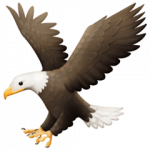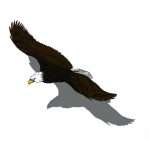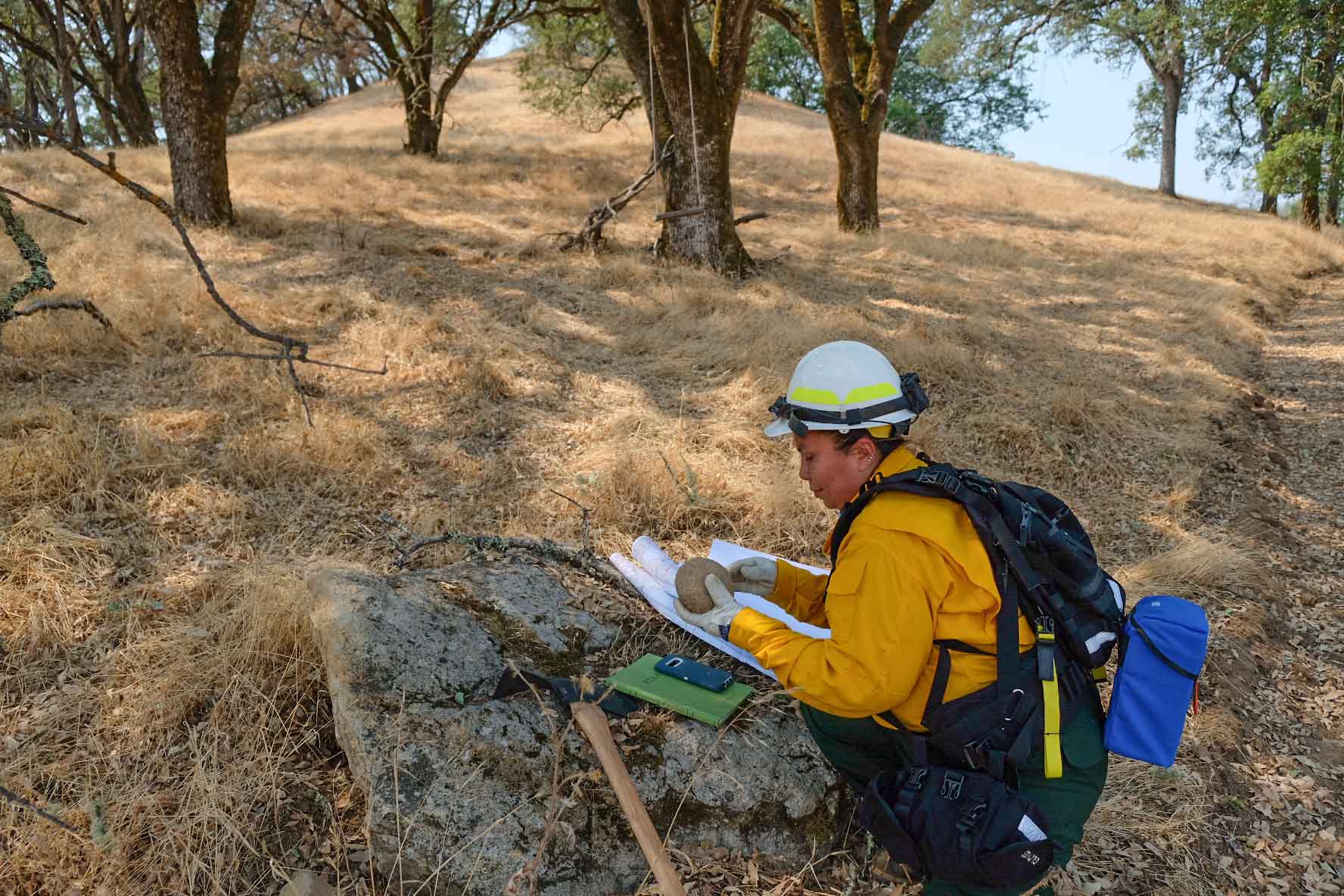Using fire as a tool in land stewardship
By Hillary Renick.
Fire as a tool
Fire, powerful and often feared, has been a fundamental part of the life of healthy forests throughout history. Fire helps seeds germinate, aids in keeping meadows and grasslands balanced, and attracts healthy habitat for animals, insects and pollinators. Utilizing skills acquired by living in place for millennia and learning the rhythm of the seasons through observation, experimentation, and practice, Indigenous cultures use fire as a land management tool. By developing low-risk land management practices, Indigenous communities achieve the same effect as wildfire, but minimize the length of disruption to ecosystems.
Limited, controlled burning of meadow, forest, and prairie underbrush has been employed by Indigenous peoples across the planet. Low-intensity, intentional burning of underbrush assists in managing pests such as ticks, enhancing brush crop health like huckleberries, supporting culturally significant plants used for basket making, improving soil health, and stimulating fresh grass growth.
Indigenous people understand how the health of their physical environment, and its resources, is directly connected to their wellbeing. The food chain is impacted by livable habitat. Economy and trade are dependent on available natural resources. Partaking in an intergenerational practice and tradition unites people, connects them to their ancestors, and opens doors for generations to come.
As documented in early newspapers and journals, Indigenous fire practices were well-known to the initial settler colonizers of the U.S. The Blackfoot Indians who practiced controlled, seasonal burns, for example, were named as such by colonizers who observed their blackened moccasins from walking on recently burned terrain. While the benefit of their ecological stewardship was observed, many settlers promoted the false idea that Indigenous use of fire was a “danger” to society.
The 2024 Wildfire season has opened with extreme weather conditions and red flag warnings that many of us are now accustomed to. Many seasonal wildland fire crews are now year-round, and land management agencies have moved from only fire suppression to restoring fire to the landscape through integrative multi-agency team approaches. As we face more frequent and extreme wildfires, learning from Indigenous communities about how to manage land and fire is vital.
Reconnecting Indigenous knowledge to the land is occurring in fire science with Indigenous communities in the U.S., Canada, Sweden, and Australia. Fire crews often employ fire archeologists to teach wildland firefighter teams about ancient fire burning techniques. Indigenous fire experts are joining these teams at an increasing rate, and sometimes include an all-Indigenous team. Traditional knowledge is combined with modern wildfire science that utilizes the latest technology, advanced predictive modeling, and satellite data to ensure wildland firefighter safety and success.
Transmission of knowledge
There’s much to learn from taking the knowledge of the past, experience of the present, and blending for future generations. Indigenous knowledge is key to sustainability in ecosystems, for establishing balanced land stewardship, and to understanding the symbiotic relationships that humans hold with our planet.
For Southern Colorado land management units, Southern Ute, Navajo Nation, Jicarilla Apache, Comanche Nation, and other tribal nations are working with federal partners to include Indigenous knowledge in land management practices and to help interpret the landscape for visitor experiences.
For example, the Great Sand Dunes National Park offers dark skies, an increasingly rare resource, and is working with tribal members to integrate experiences such as star stories, teach about fire adapted plant communities, drought resistant endemic species, and wildlife that is unique to the region. Working in tandem with traditional knowledge also promotes a more secure food system. With respect to equitable harvesting practices, traditional foods are abundant if you know where to look. Indigenous harvesting practices are generally reciprocal with nature, letting the soil, harvesting area, and medicines rest and only taking what is needed.
Web of life
There are several foundational species of flora and fauna in Southern Colorado, all of which are important and depend on each other for rich biodiversity. Aspen trees, for example, live about 150 years and tell part of the story of climate patterns through fire scars, keeping a record of how humans helped manage the lands that we see around us. Exploring the forest and great outdoors is fundamental to understanding the role we all play in the fabric of life. With this in mind, we must be mindful of the unique history that forests have to offer; this includes respecting culturally modified trees (such as those at the Sand Dunes), honoring the people who stewarded the land in the past, and respecting the current residents of that landscape.
Lessons from the past will prepare us for the future as we work to reharmonize our relationship with nature. Working with university partners, tribal nations, and local knowledge keepers is essential to being a good steward of the changing landscape. One way to promote sustainable land management is to support local tribal nations who actively manage lands with ancient fire practices. Contacting a tribe’s historic preservation officer may provide valuable information on the topic. By learning to read the landscape, living with fluctuations, and working with nature, it is possible to be part of the rhythm that has always sustained humanity.
Hillary Renick, JD, LL.M., MS, is a qualified Fire Archaeologist on the US Department of Interior Burned Area Emergency Response (BAER) where she works to identify cultural resources and culturally important values at risk during wildland fire events. Renick is a member of the Sherwood Valley Band of Pomo, as well as a descendant of the Hopland, Noyo and Ft. McDermitt Paiute-Shoshone Indigenous communities. Renick’s work is focused on land, air, water, cultural resources, and traditional hunting, fishing, and gathering protections and can be reached at TraditionalFoodsNorCal@gmail.com.


